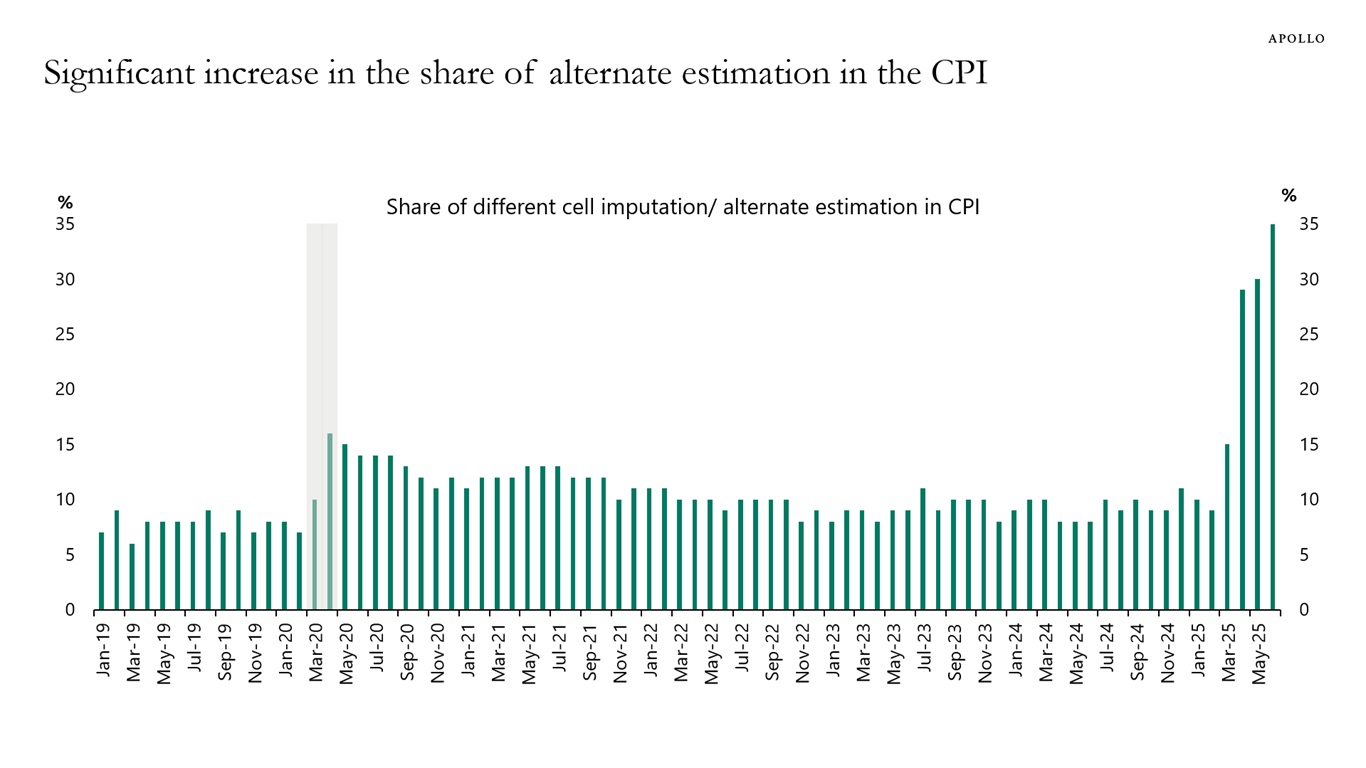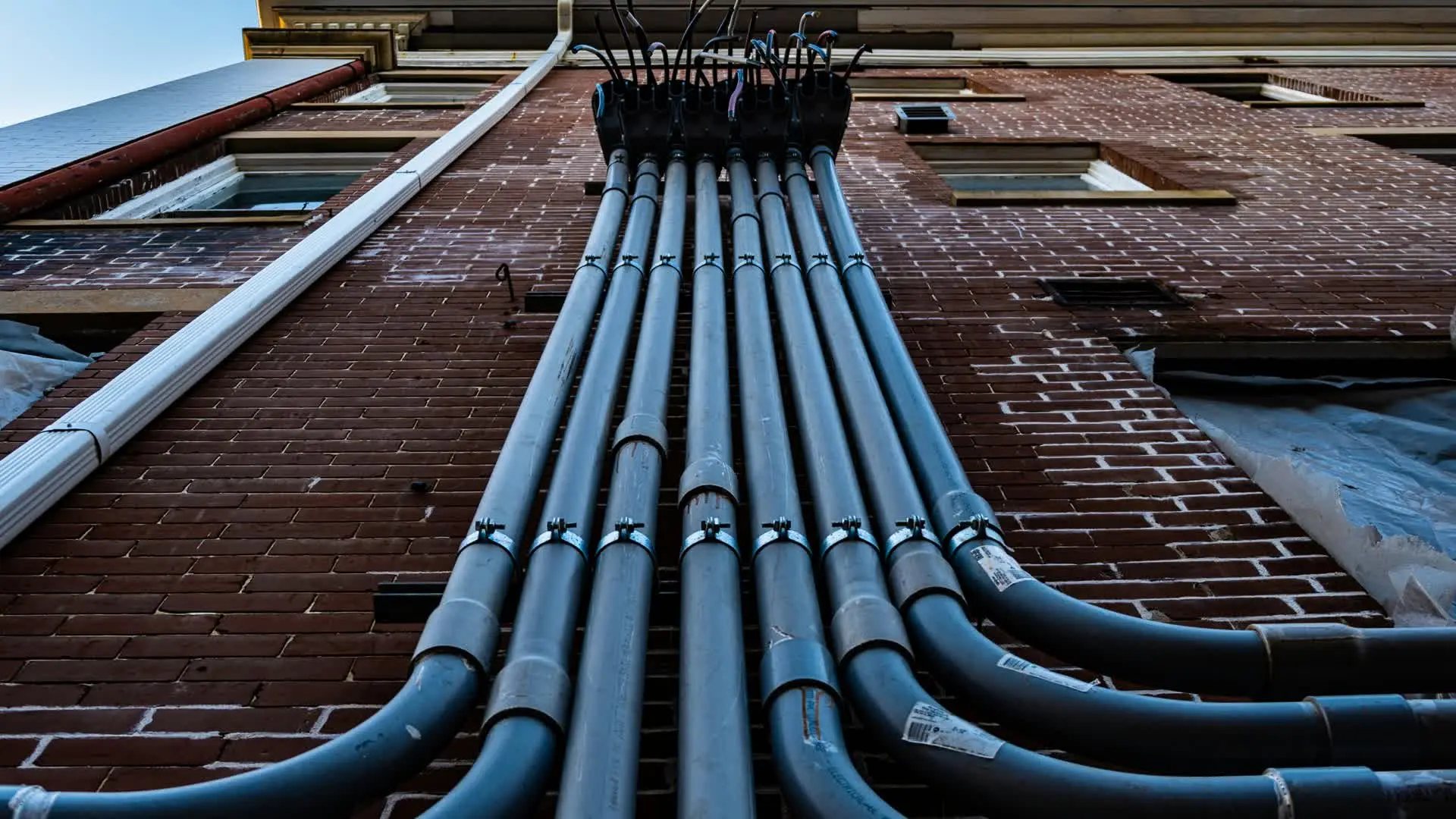
Meet the cement transport ship that makes cement ingredients while sailing
Shipping has a pollution problem, but one company has a solution that does more than just eliminate a boat’s carbon dioxide.
London-based Seabound has developed a carbon capture system that transforms CO2 from the engine into limestone, a key ingredient in cement.
Fittingly, the company will install it aboard the UBC Cork, a cement carrier currently sailing through the Mediterranean Sea. When the ship docks in Norway, the limestone created from the voyage will be offloaded and used to make more cement at Heidelberg Materials’ net-zero plant in Brevik. (The name Heidelberg may ring a bell — earlier this year, it inked a deal to deploy more than 100 autonomous trucks from former Google exec Anthony Levandowski’s startup Pronto.)
Both maritime shipping and cement are highly polluting industries, representing about 3% and 8% of global carbon emissions, respectively.
Their emissions are challenging to address, too. For shipping, batteries are not currently energy-dense enough to enable the sorts of voyages many vessels undertake. And the chemical reaction that forms Portland cement, the most widely used type, releases carbon dioxide, to say nothing of the fossil fuels that typically drive the process.













